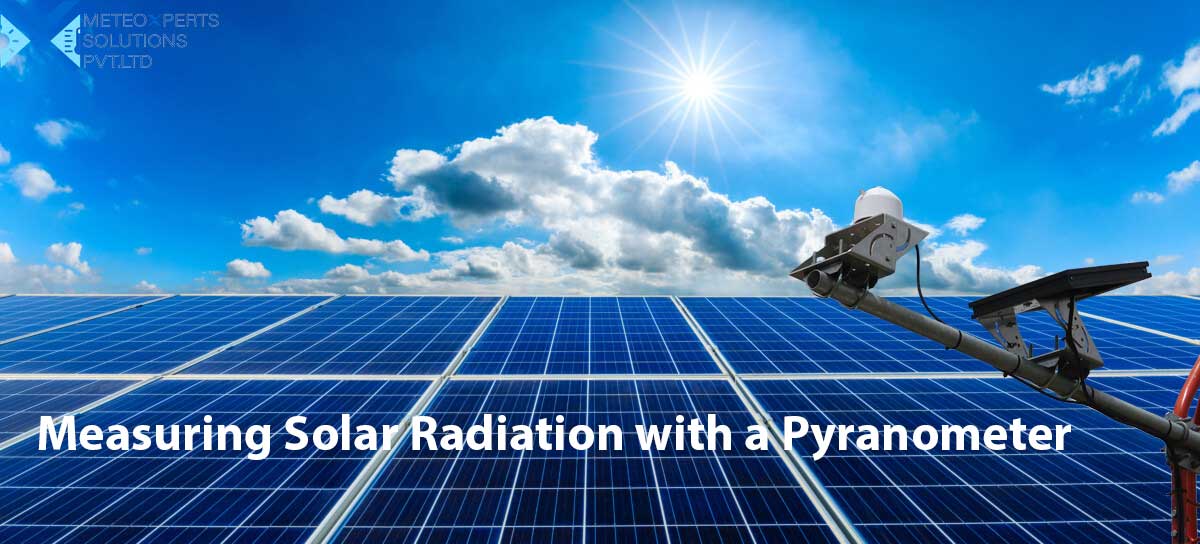
A pyranometer is a device used to measure solar radiation, the amount of energy the sun receives. However, with so many different types and models of pyranometers available on the market, it can be difficult to know which one is best for your specific project. In this blog post, I will be discussing how to choose the right pyranometer for your solar energy project.
- Purpose: What solar radiation needs to be measured? The pyranometer should be capable of measuring global, direct, or diffuse radiation, depending on the purpose.
- Compliance with Standards: Are there any standards that must be followed, such as those set by the World Meteorological Organization (WMO) or the International Organization for Standardization (ISO)?
- Environmental Factors: Is the pyranometer installed in an environment with extreme temperatures, humidity, or other environmental conditions that could affect its accuracy?
- Calibration: How often will the pyranometer need to be re-calibrated and how will this be done? It is important to have a plan in place for ensuring the accuracy of the measurements over time.
- Measurement Range: The first thing to consider when choosing a pyranometer is the measurement range. Different pyranometers have different measurement ranges, so it’s important to choose one that is suitable for your specific project. For example, if you are measuring solar radiation in a location with a high level of solar radiation, you will need a pyranometer with a higher measurement range. for example MS-80 Pyranometer and MS-80S Pyranometer.
- Accuracy: Another important factor to consider is the accuracy of the pyranometer. It’s important to choose a pyranometer that is accurate within a certain margin of error, which will depend on the specific requirements of your project.
- Temperature Range: The temperature range of the pyranometer is also important to consider, as some pyranometers are designed to work in specific temperature ranges. It is important to choose a pyranometer that can operate within the temperature range of your project location.
- Durability: Pyranometer is a device that is exposed to the elements and therefore it is important to choose a pyranometer that is durable and can withstand harsh weather conditions.
- Cost: The cost of the pyranometer is also an important factor to consider. While it’s important to choose a high-quality pyranometer, you also need to make sure that it fits within your budget.
- Power: What is the available power source for the pyranometer and what type of power supply is required? Pyranometers can be powered by batteries or an external power source.
- Mounting: How will the pyranometer be mounted and what type of mount is required? A suitable mount will depend on the specific installation location and requirements.
- Maintenance: What type of maintenance will the pyranometer require and how will it be performed? Regular cleaning and inspection of the sensor are important for ensuring accurate measurements over time.
- Data Acquisition: What is the existing data acquisition system and can it handle the output from the pyranometer? The data acquisition system should be capable of handling the signal from the pyranometer and recording the measurements.
- Cable Length: What is the required cable length for connecting the pyranometer to the data acquisition system? The cable length should be selected based on the installation location and requirements.
In conclusion, choosing the right pyranometer for your solar energy project is crucial for accurate and reliable measurements. By considering the measurement range, accuracy, temperature range, data logging, durability and cost, you can ensure that you choose the right pyranometer for your specific project.

